The Role Of Human Creativity In The AI Revolution: A Microsoft Perspective
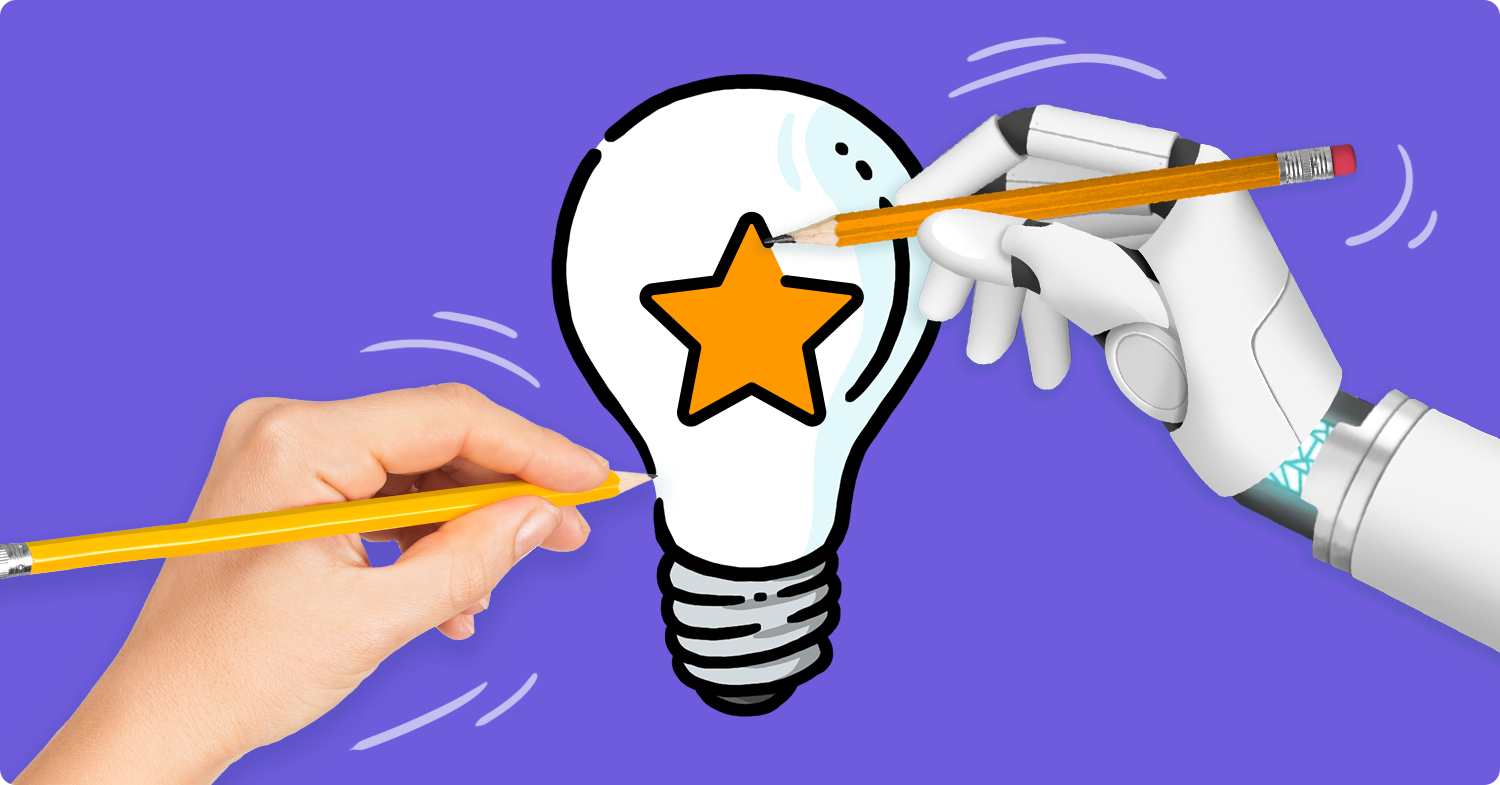
Table of Contents
Human Creativity as the Engine of AI Development
Human creativity isn't merely a byproduct of the AI revolution; it's the very engine that drives it forward. Without the ingenuity and innovative thinking of humans, AI would remain a theoretical concept, lacking the algorithms, datasets, and applications that make it powerful and transformative.
Designing Innovative AI Solutions
Humans are the architects of AI's purpose. We define the problems AI is designed to solve, framing the challenges and setting the objectives. This creative problem-solving is fundamental to the development of truly innovative AI applications.
- Healthcare Diagnostics: AI algorithms are being developed to analyze medical images, identify diseases earlier, and personalize treatment plans – all based on the creative insights of medical professionals and data scientists.
- Climate Change Modeling: Human creativity plays a crucial role in designing AI models to predict climate change patterns, optimize energy consumption, and develop sustainable solutions. These models require the input of climate scientists, engineers, and programmers.
- Personalized Education: AI-powered learning platforms are being designed to adapt to individual student needs and learning styles, thanks to the creative input of educators and learning technologists. This demands understanding of diverse learning methodologies and pedagogical approaches.
Creating truly beneficial AI requires a human-centric design approach. Ethical considerations, such as bias mitigation and privacy protection, are paramount. The user experience must also be carefully considered, ensuring that AI tools are intuitive, accessible, and empower users rather than overwhelm them.
Creating High-Quality Training Data
The adage "garbage in, garbage out" rings truer than ever in the age of AI. The quality of an AI system is directly dependent on the quality and diversity of the data used to train it. This is where human creativity and meticulousness are indispensable.
- The Importance of Diverse and Representative Datasets: AI models trained on biased or incomplete data will produce biased and unreliable results. Humans are vital in ensuring data represents the full spectrum of possibilities and avoids perpetuating existing societal biases.
- The Challenges of Bias in Data: Identifying and mitigating bias requires a creative and critical approach. This involves developing innovative techniques for data cleansing, augmentation, and validation.
- The Role of Human Curation: Human annotators, reviewers, and curators are essential for cleaning, labeling, and organizing datasets, ensuring accuracy and relevance.
Microsoft is deeply committed to developing ethical AI guidelines and tools for data annotation. These initiatives aim to minimize bias and ensure responsible AI development.
Human Creativity in the Age of AI-Assisted Creation
The AI revolution isn't just about automating tasks; it's about augmenting human creativity. AI tools are becoming powerful partners, enabling new forms of artistic expression and design across various fields.
AI as a Creative Partner
AI is no longer a tool that simply replaces human effort; it's evolving into a collaborator that expands creative possibilities.
- Music Composition: AI tools can generate musical ideas, harmonies, and rhythms, acting as a creative springboard for musicians. This allows for exploration of new soundscapes and musical styles.
- Visual Arts: AI algorithms can generate stunning visuals, manipulate images, and assist in the creation of digital art, expanding the palette of artistic expression.
- Writing: AI writing assistants can help writers overcome writer's block, generate ideas, and refine their prose, enabling them to focus on the narrative and creative elements of their work.
- Architecture: AI can assist in designing buildings, optimizing structural integrity, and exploring innovative designs, pushing the boundaries of architectural possibilities.
These AI-powered tools empower creators to explore new possibilities and push creative boundaries. They free up time and mental energy, allowing artists to focus on the aspects of their work that require uniquely human insight and intuition.
Enhancing Productivity and Efficiency
AI streamlines repetitive tasks, allowing humans to focus on higher-level thinking and innovation. This increased efficiency is a game-changer for creativity.
- Automating Repetitive Tasks: In various industries, AI automates data entry, scheduling, and other routine tasks, freeing up human workers to focus on more creative and strategic initiatives.
- Microsoft's Productivity Tools: Microsoft's suite of productivity tools, such as Microsoft 365 and Power Platform, leverage AI to enhance collaboration, automate workflows, and improve efficiency, ultimately allowing individuals and teams to devote more time to creative endeavors.
The Future of Work: Human Creativity and AI Collaboration
The AI revolution is reshaping the nature of work, creating both challenges and exciting opportunities. The future belongs to those who embrace the collaborative potential of humans and AI.
New Roles and Skills
The AI revolution is creating a demand for new roles that require a unique blend of technical expertise and creative problem-solving.
- AI Ethicists: These professionals ensure AI systems are developed and deployed responsibly, considering ethical implications and societal impact.
- Prompt Engineers: These specialists craft the instructions (prompts) that guide AI models, requiring a deep understanding of both AI capabilities and creative communication.
- AI Trainers: These professionals train and refine AI models, requiring expertise in data science and a creative approach to problem-solving.
- Creative Technologists: These individuals bridge the gap between technology and creative fields, using AI tools to push creative boundaries.
Upskilling and reskilling initiatives will be crucial to equip the workforce with the skills needed to thrive in this evolving landscape.
The Importance of Human-AI Partnership
The future of work is not about humans versus AI, but humans with AI. Humans bring creativity, critical thinking, and emotional intelligence to the table, while AI offers speed, efficiency, and data processing capabilities. This synergy is the key to unlocking unprecedented levels of innovation and productivity.
- Strengths of Humans: Creativity, critical thinking, emotional intelligence, empathy, complex problem-solving.
- Strengths of AI: Speed, efficiency, data processing, pattern recognition, automation.
Microsoft is committed to responsible AI development, envisioning a future where human creativity flourishes alongside AI, driving progress and solving complex challenges.
Conclusion
This article has emphasized the indispensable role of human creativity in driving the AI revolution. From designing innovative AI solutions and creating high-quality training data to leveraging AI tools for creative expression and enhancing productivity, human ingenuity remains the cornerstone of progress. The future of work hinges on a collaborative partnership between humans and AI, where human creativity is amplified and innovation thrives. Microsoft's commitment to responsible AI development ensures this human-centric approach remains at the forefront of technological advancement.
Call to Action: Embrace the future of AI by investing in your creativity and exploring the innovative tools and resources available. Learn more about Microsoft's commitment to responsible AI and how it's empowering human creativity in the AI revolution. Discover how you can leverage the power of human creativity and AI to achieve your goals.

Featured Posts
-
 Ariana Grandes Bold New Look The Role Of Professional Help
Apr 27, 2025
Ariana Grandes Bold New Look The Role Of Professional Help
Apr 27, 2025 -
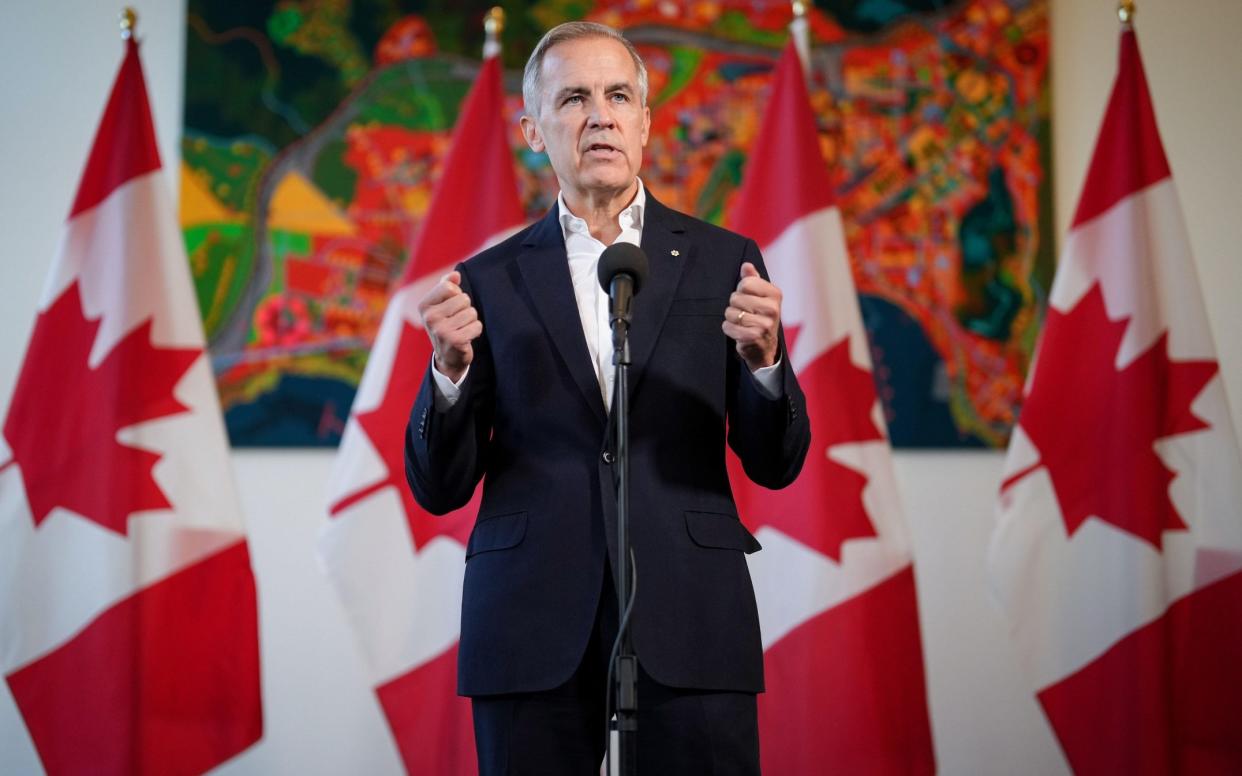 Canadian Election Carney Highlights Trumps Aggressive Trade Stance
Apr 27, 2025
Canadian Election Carney Highlights Trumps Aggressive Trade Stance
Apr 27, 2025 -
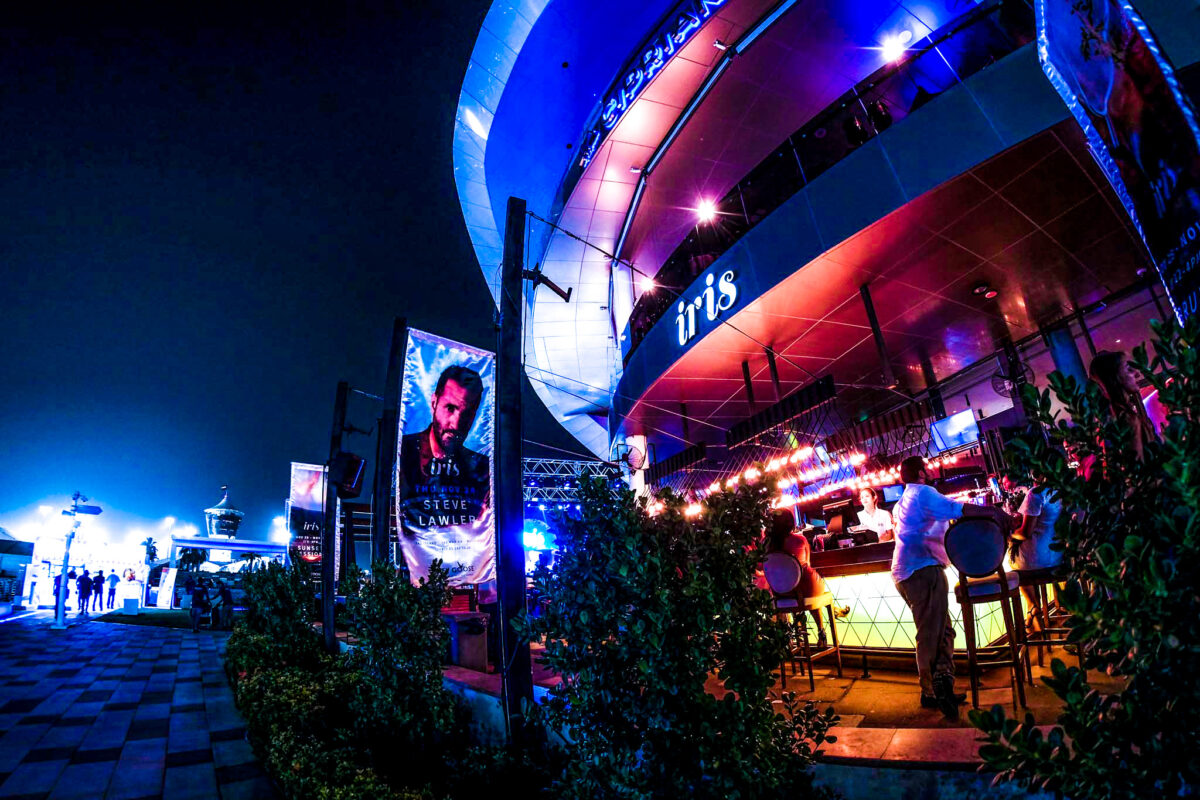 Bencic Triumphs At The Abu Dhabi Open
Apr 27, 2025
Bencic Triumphs At The Abu Dhabi Open
Apr 27, 2025 -
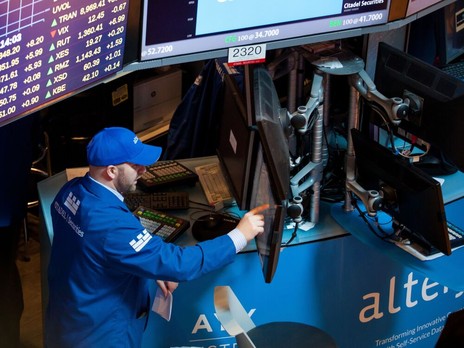 Posthaste Job Cuts Loom In Canadian Auto Industry Due To Trumps Escalated Tariffs
Apr 27, 2025
Posthaste Job Cuts Loom In Canadian Auto Industry Due To Trumps Escalated Tariffs
Apr 27, 2025 -
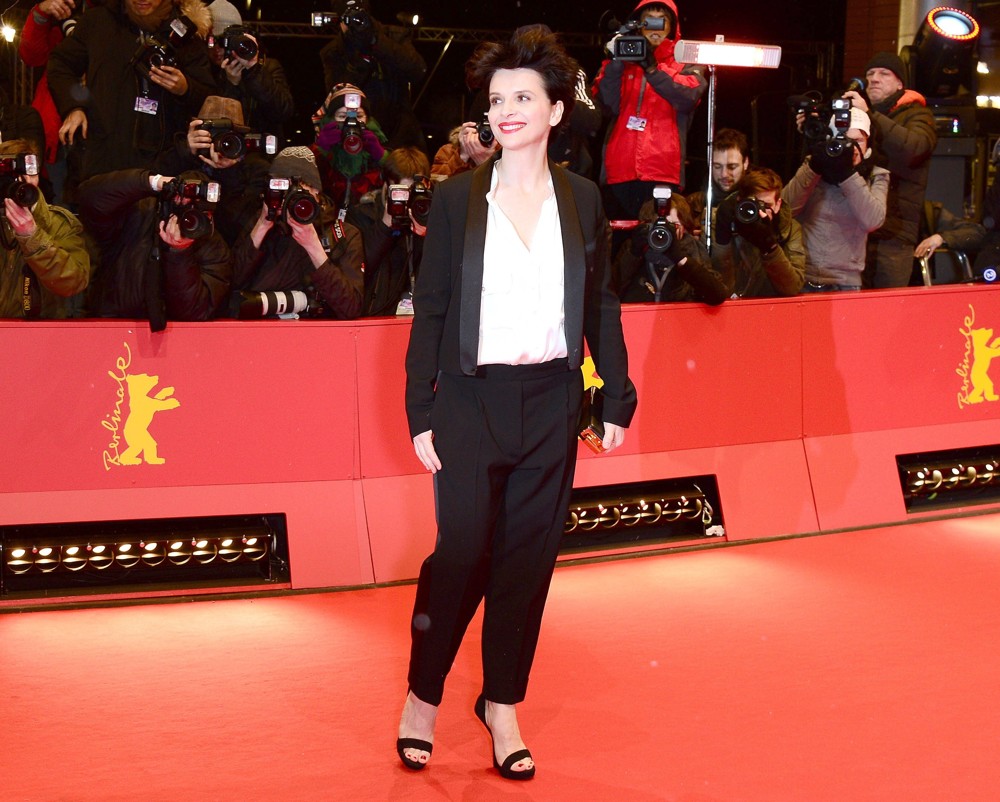 Juliette Binoche To Lead Cannes Film Festival Jury
Apr 27, 2025
Juliette Binoche To Lead Cannes Film Festival Jury
Apr 27, 2025
Latest Posts
-
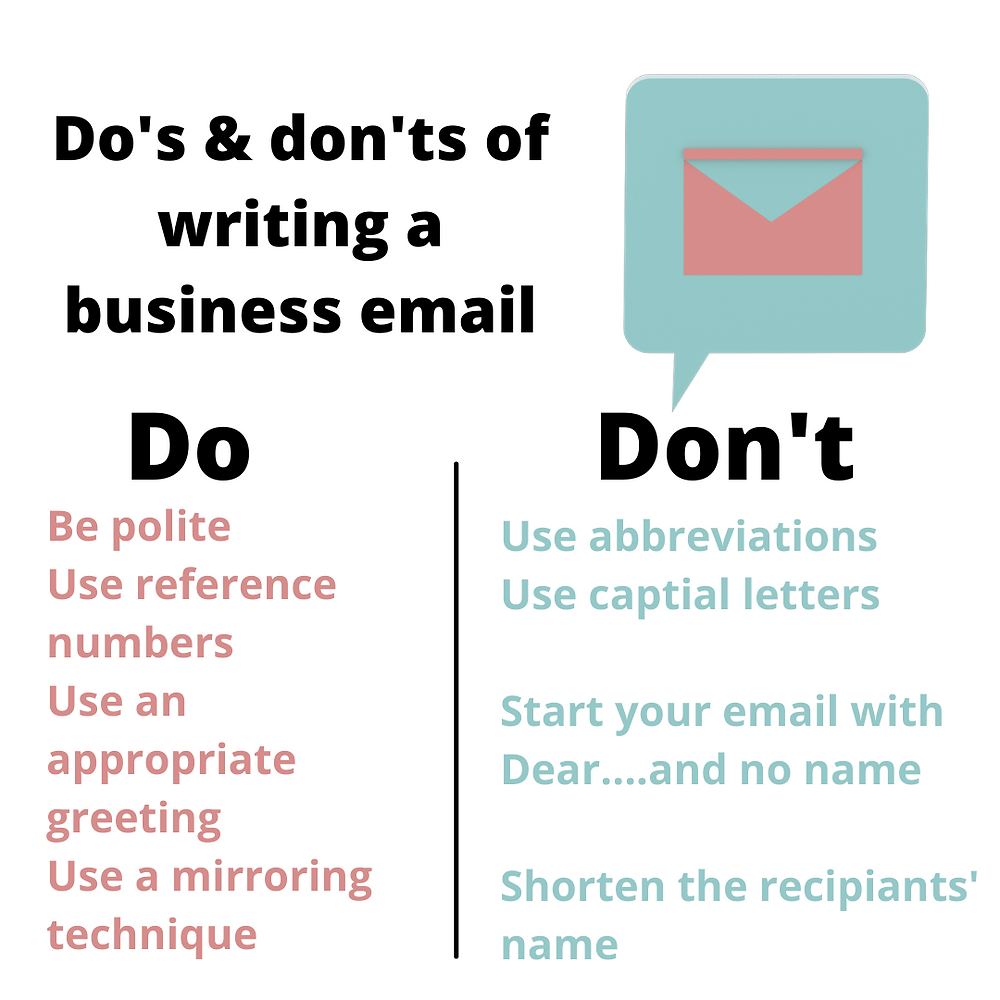 Navigating The Private Credit Boom 5 Key Dos And Don Ts
Apr 28, 2025
Navigating The Private Credit Boom 5 Key Dos And Don Ts
Apr 28, 2025 -
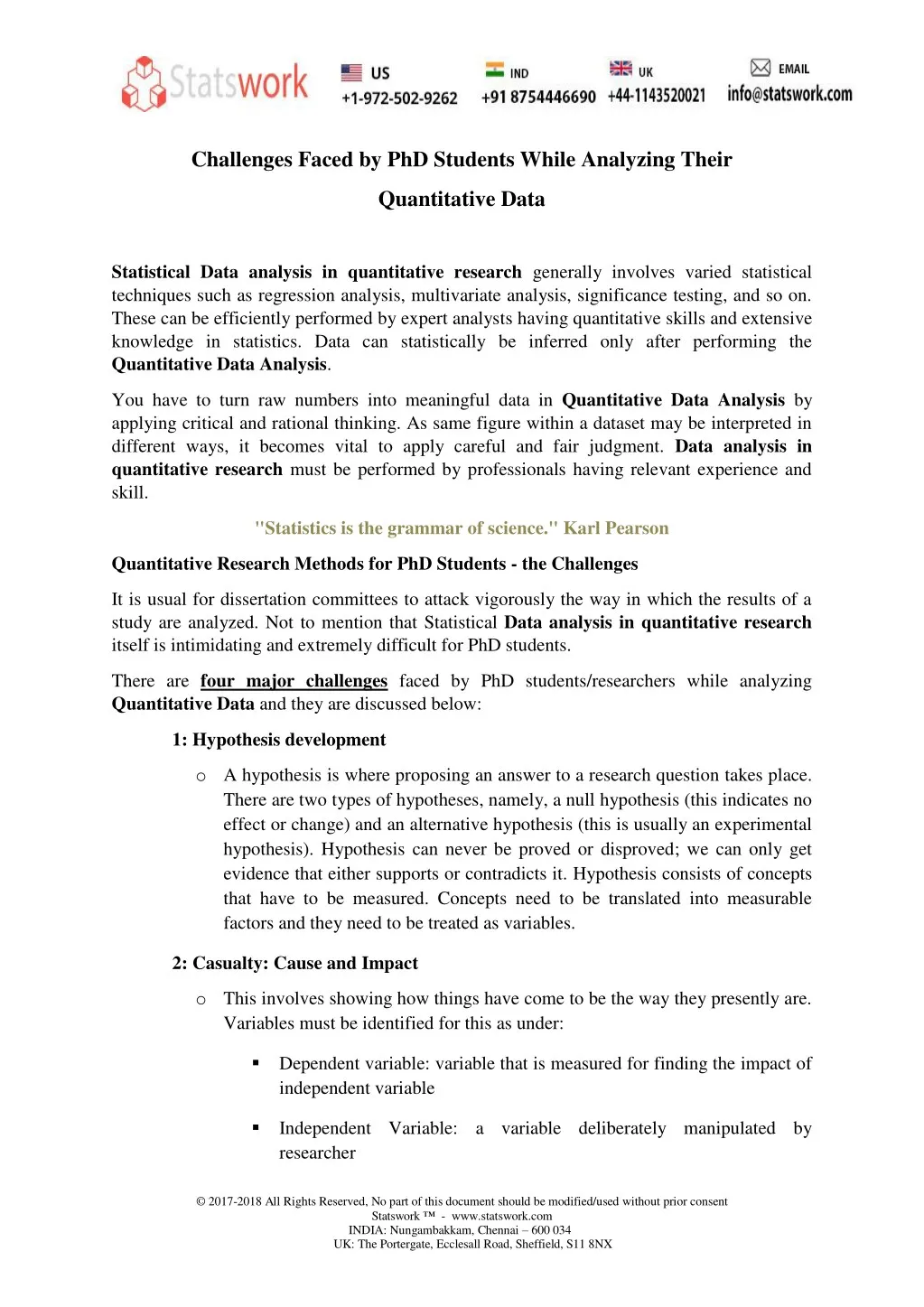 The China Factor Analyzing The Automotive Challenges Faced By Bmw And Porsche
Apr 28, 2025
The China Factor Analyzing The Automotive Challenges Faced By Bmw And Porsche
Apr 28, 2025 -
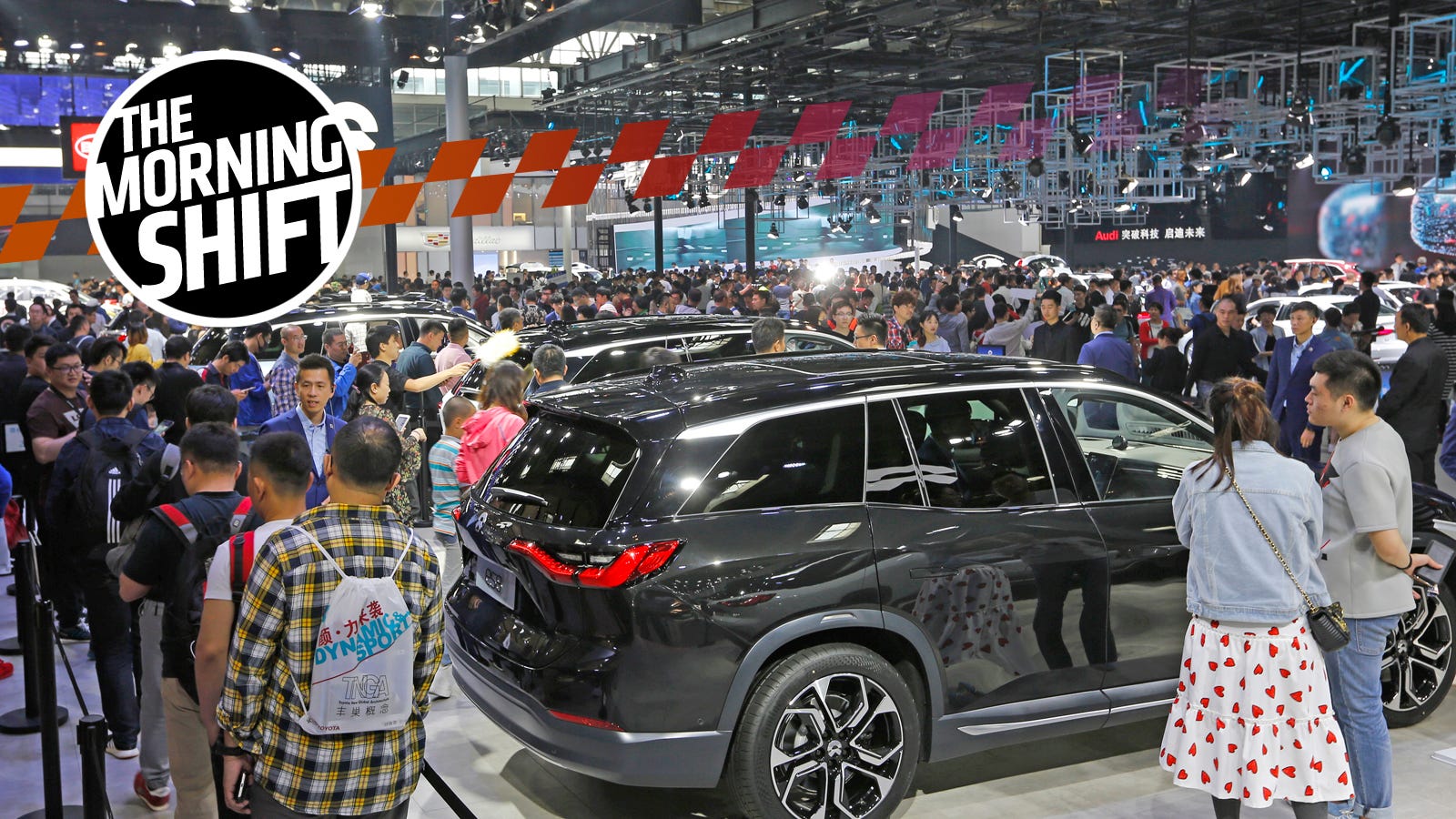 Chinas Auto Market Why Bmw Porsche And Others Face Difficulties
Apr 28, 2025
Chinas Auto Market Why Bmw Porsche And Others Face Difficulties
Apr 28, 2025 -
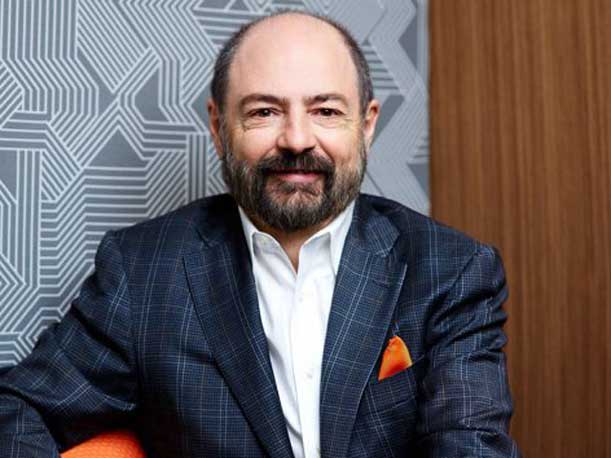 Bmw And Porsche In China Market Headwinds And Strategic Adjustments
Apr 28, 2025
Bmw And Porsche In China Market Headwinds And Strategic Adjustments
Apr 28, 2025
